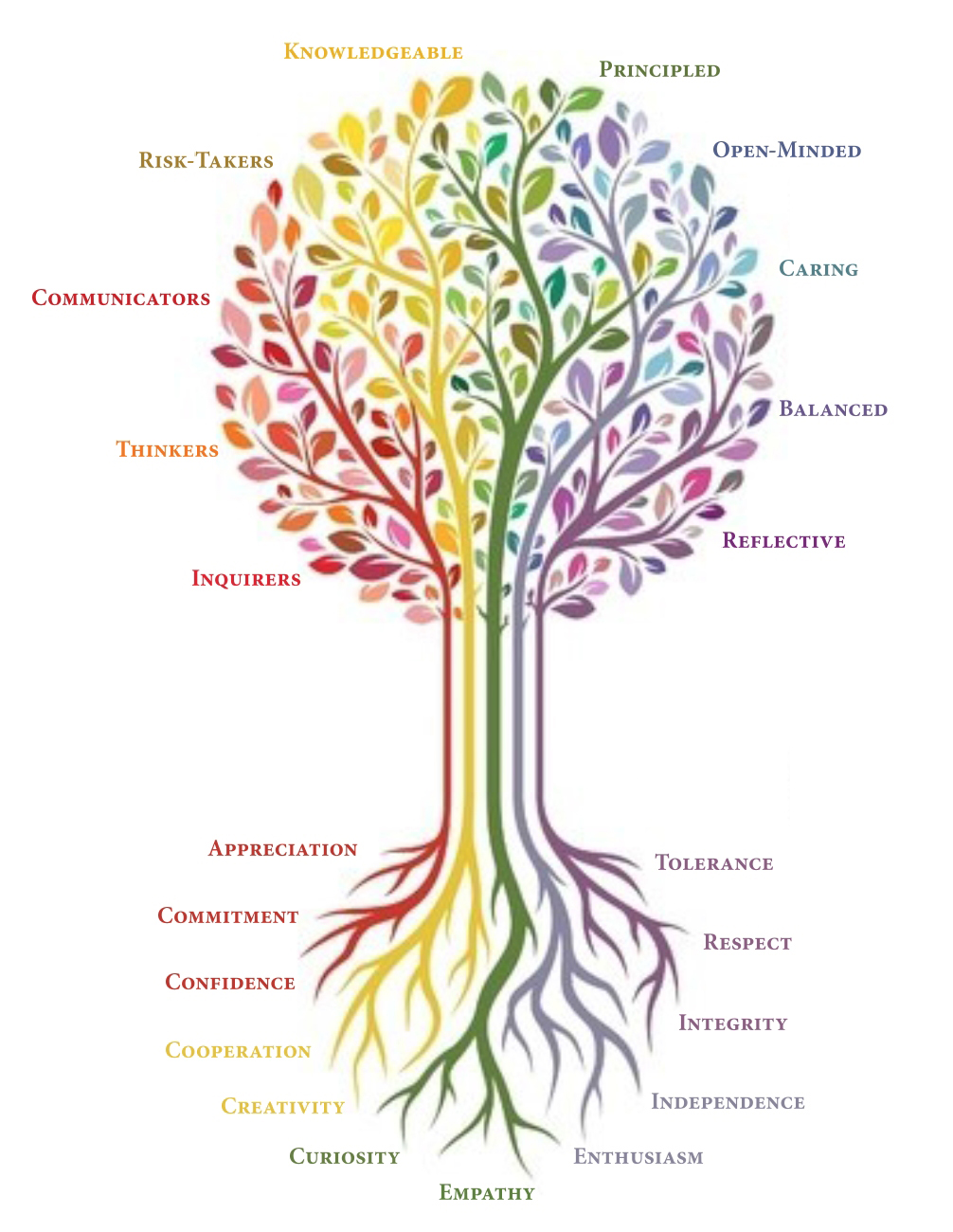Assessing for English Language SupportAll the students who get ELSP service undergo a language assessment upon entry to ELSP. English language support teacher uses a standardized English language assessment in reading, writing, listening and speaking. The records of the initial assessments are kept to compare the progress of the students while taking English language support. Student progress is assessed continuously through standardized reading level benchmarking, student work samples, miscue analysis, and observations. Monthly feedback on English language support is provided by concerned ELSP teacher to the pedagogical leaders and teachers and the progress in English language acquisition is reported in a supplementary report sent home with each semester report.
English language support in the Primary Years Program (PYP)
In the Primary Years Program, English language support is provided from year-1 to year-5. Students from different nationals and local pupils from the Bengali medium who are having English language deficiency in any strands of the English language are selected for the English language support program. English language support takes the following forms.
Push-in, pull-out, and/or differentiation of instruction
A mix of two models of support, push-in and pull-out is used to facilitate English language learners’ access to the curriculum and English language development. Pull-out is when one student, or a small group of students with similar needs, is taken out of the main lesson by the English language support instructor for a separate lesson. In contrast, the push-in model is when the instructor works within the main lesson together with the classroom teacher. In both cases, joint planning between the instructor and the class teacher ensures that the unit objectives are met for all students and that students’ language needs, individual learning styles and other individual needs are all taken into consideration when differentiating instruction. To enable students the maximum opportunities to use language in meaningful contexts, particularly in their interactions with English-fluent peers, the push-in model is chosen most often. The instructor, therefore, usually provides differentiated scaffolding and adapted resources within the main classroom. However, there are times when a pull-out session is deemed the most effective way to achieve a review of content or skills. A series of pull-out lessons may be established, however, pull-out sessions are often one-off lessons to consolidate understanding before returning to the next lesson in the main classroom.
(Push-in, pull-out, and/or differentiation of instruction:
Source: https://www.kist.ed.jp/node/77 KIST)


